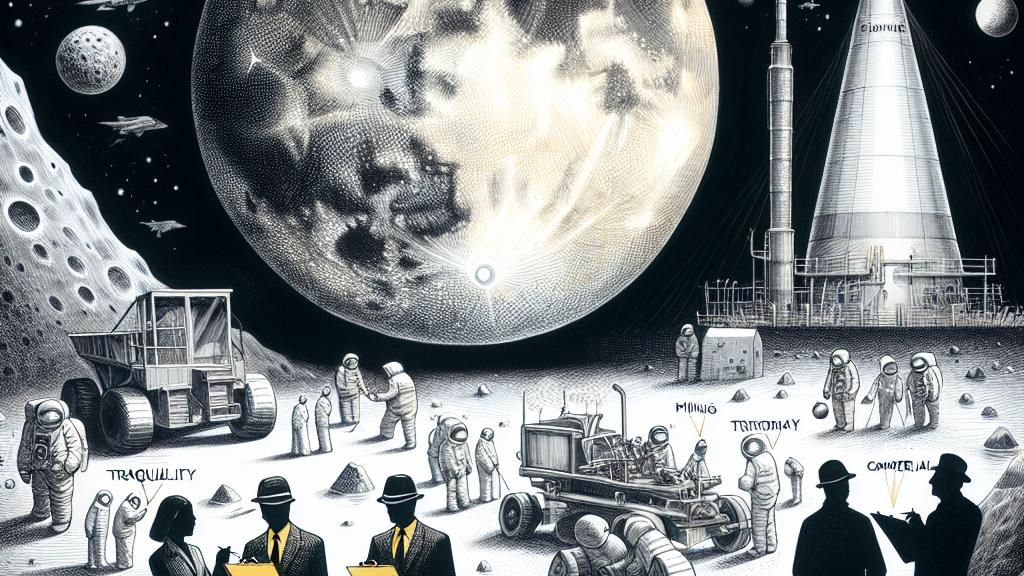Understanding the Importance of Protecting Our Moon's History
Overview
- The Moon is now recognized as a threatened historic site, sparking conversations on its preservation.
- Iconic sites like Tranquility Base hold deep significance, embodying milestones in human achievement.
- Safeguarding lunar heritage requires a careful blend of honoring cultural narratives and protecting natural resources.

The Moon: A Historic Site Worth Protecting
The Moon has recently been designated a threatened historic site, and this calls for immediate attention and action! It's not merely a dusty orb in the sky; it serves as a repository of humanity's aspirations and achievements. For instance, Tranquility Base, the very spot where Neil Armstrong famously took his first steps in 1969, is more than just a landing site; it’s a tangible reminder of our quest to push beyond the boundaries of our planet. Organizations like the World Monuments Fund are working diligently to shield these valuable landmarks from the insidious encroachments of commercial ventures, such as mining and space tourism, which threaten to alter their state forever. As future leaders in science and exploration, it is paramount for us to champion these efforts, recognizing that preserving our shared history in space enriches our understanding of ourselves and our place in the universe.
Cultural Representation and Inclusion
Yet, as we dive into the conversation about how to preserve lunar heritage, we must critically ask: whose stories are being honored? Historically, the narrative of space exploration has been marred by elitism—voices outside the mainstream have often been overlooked. Take, for example, Gil Scott-Heron's poignant poem, 'Whitey on the Moon.' This piece serves as a jarring reminder that while some celebrated lunar landings, many back on Earth faced dire social injustices. This raises an important question: are all the artifacts left behind on the Moon truly symbols of our collective heritage, or do they reflect a narrow slice of achievement? As advocates for a more inclusive lunar narrative, we must amplify the voices and contributions of diverse cultures, ensuring that we weave their stories into the fabric of lunar history. Think of how powerful it would be if stories from various backgrounds were celebrated, showcasing the dreams and aspirations of all humankind in the context of space exploration!
A Dual Approach to Heritage Preservation
Additionally, it is crucial to expand our understanding of lunar heritage to encompass both the cultural landmarks created by humans and the Moon's stunning natural landscape. Picture enchanting vistas like the Sea of Tranquility and the rugged Slopes of Mons Hadley—these features tell an extraordinary story of cosmic evolution! Advocating for the preservation of both historic sites and the environment reflects a deeper wisdom; we must balance our respect for humanity’s achievements with our duty to protect natural wonders. As we strive for a comprehensive preservation strategy, lunar conservationists are encouraging a holistic viewpoint that recognizes not just the human touch but also the Moon's ecological significance. Imagine the devastating loss we would face if both our historical remnants and the beautiful lunar terrain were to be compromised! By fostering a multifaceted approach, we can cultivate an enduring connection with our cosmic companion, ensuring that future generations continue to find inspiration in the Moon’s mysteries and allure. Wouldn’t it be a tragedy to lose not only our storied past in space but also the celestial beauty that beckons our curiosity?

Loading...